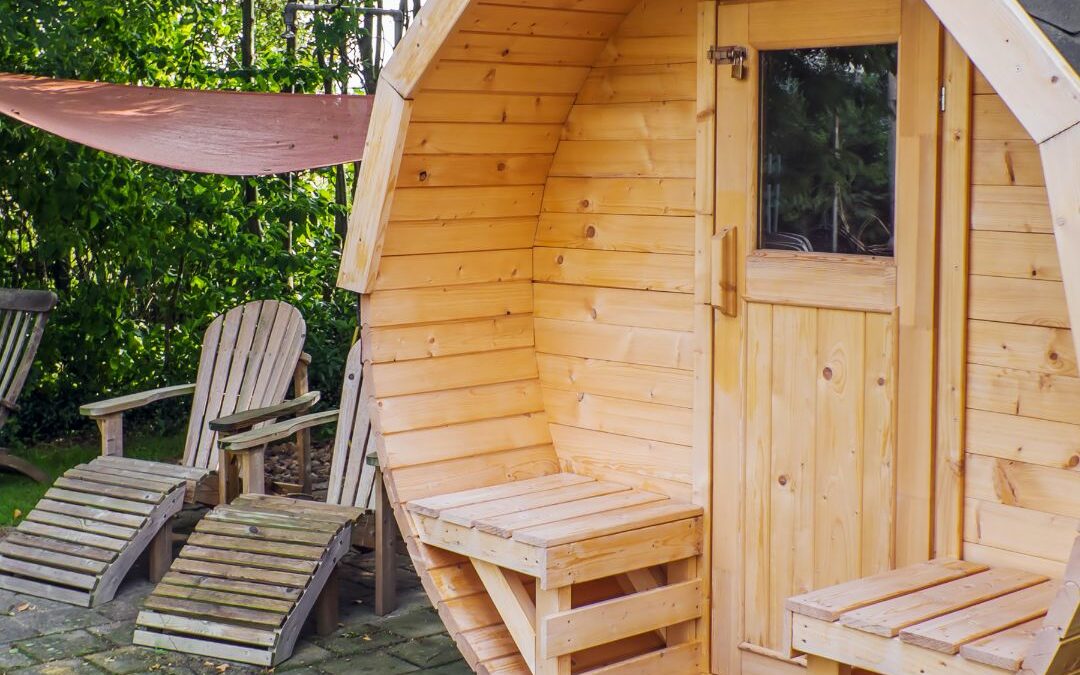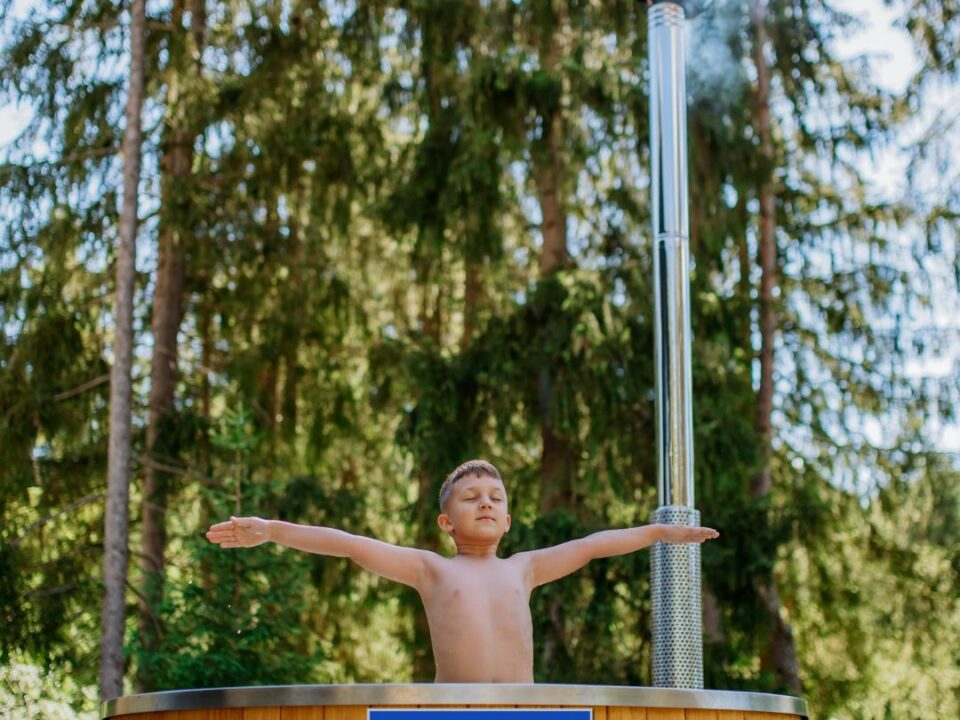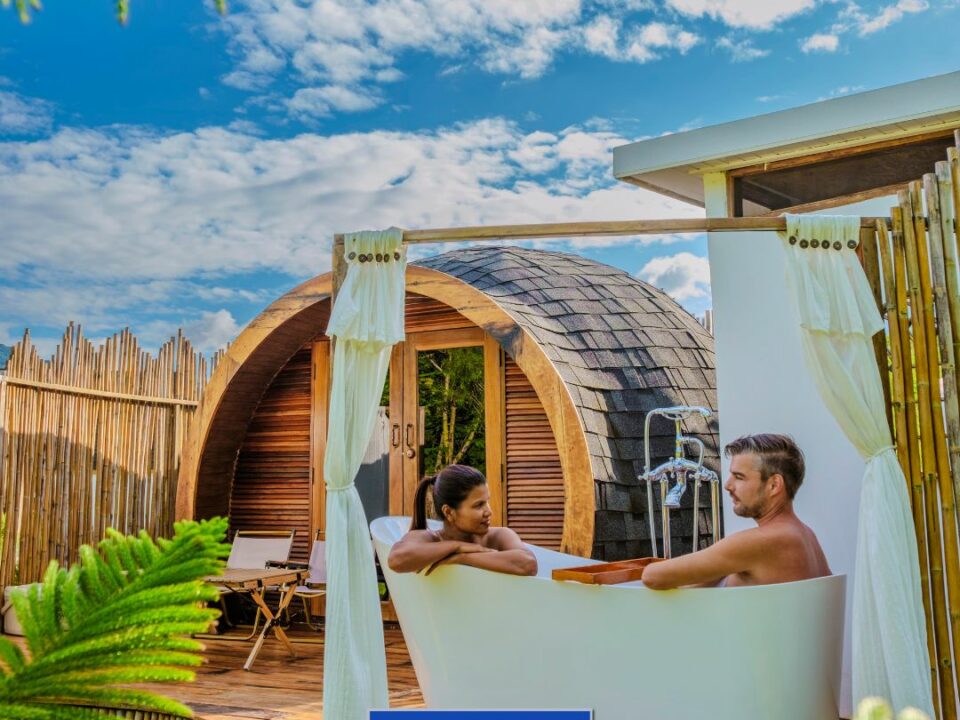
Moving Your Hot Tub in West Hills, CA? Here’s What You Need to Know Before You Start
February 26, 2025
The Heart of Your Hot Tub: Maintaining Pump and Motor Health
March 3, 2025Transforming your backyard into a serene oasis begins with a well-planned outdoor sauna installation. Whether you’re looking to boost relaxation, enhance wellness, or increase property value, a properly designed sauna can offer lasting benefits. Homeowners in West Hills, CA, should consider several factors when planning their outdoor sauna installation to ensure the best experience and long-term functionality.
Choosing the Right Location for Your Sauna
Selecting an ideal spot for an outdoor sauna installation is essential for both aesthetics and efficiency. The area should have proper drainage, be level, and offer enough space for ventilation. Placing the sauna near a pool, deck, or hot tub can create a seamless spa-like environment while ensuring privacy with fencing or landscaping enhances the overall experience.
Sun exposure and wind protection also play a role in sauna placement. A partially shaded area prevents overheating during the summer months, while wind barriers help maintain consistent heat retention. Homeowners should also verify local building codes and zoning regulations to ensure compliance before proceeding with installation.
Essential Considerations for Sauna Construction
The structure and materials used in outdoor sauna installation affect durability and performance. High-quality cedar or thermally treated wood resists moisture damage and maintains an inviting appearance over time. Insulated walls and a sturdy roof help retain heat, ensuring energy efficiency and comfort.
Ventilation is another key aspect of a successful outdoor sauna installation. Proper air circulation prevents excessive humidity buildup and ensures a steady flow of fresh air. Installing vents at the base and ceiling promotes balanced airflow, enhancing the sauna’s overall functionality.
Heating Options and Power Requirements
Selecting the right heating source is crucial for an efficient outdoor sauna installation. Traditional wood-burning stoves provide an authentic experience with deep, penetrating heat, while electric heaters offer convenience and precise temperature control. Infrared sauna panels are another option, delivering a gentle, energy-efficient heating method.
Power requirements vary based on the heating system chosen. While wood-burning saunas require proper ventilation for smoke escape, electric and infrared models may need a dedicated electrical circuit. Consulting a professional for proper wiring ensures safety and compliance with local electrical codes.
By carefully planning each aspect of the outdoor sauna installation, homeowners in West Hills, CA, can create a luxurious backyard retreat. Thoughtful placement, quality materials, and efficient heating solutions contribute to a relaxing and long-lasting sauna experience.
Read more:
Essential Hot Tub Maintenance Tips for Extending the Life of Your Spa in West Hills, CA
Moving Your Hot Tub in West Hills, CA? Here’s What You Need to Know Before You Start




